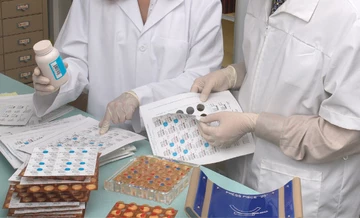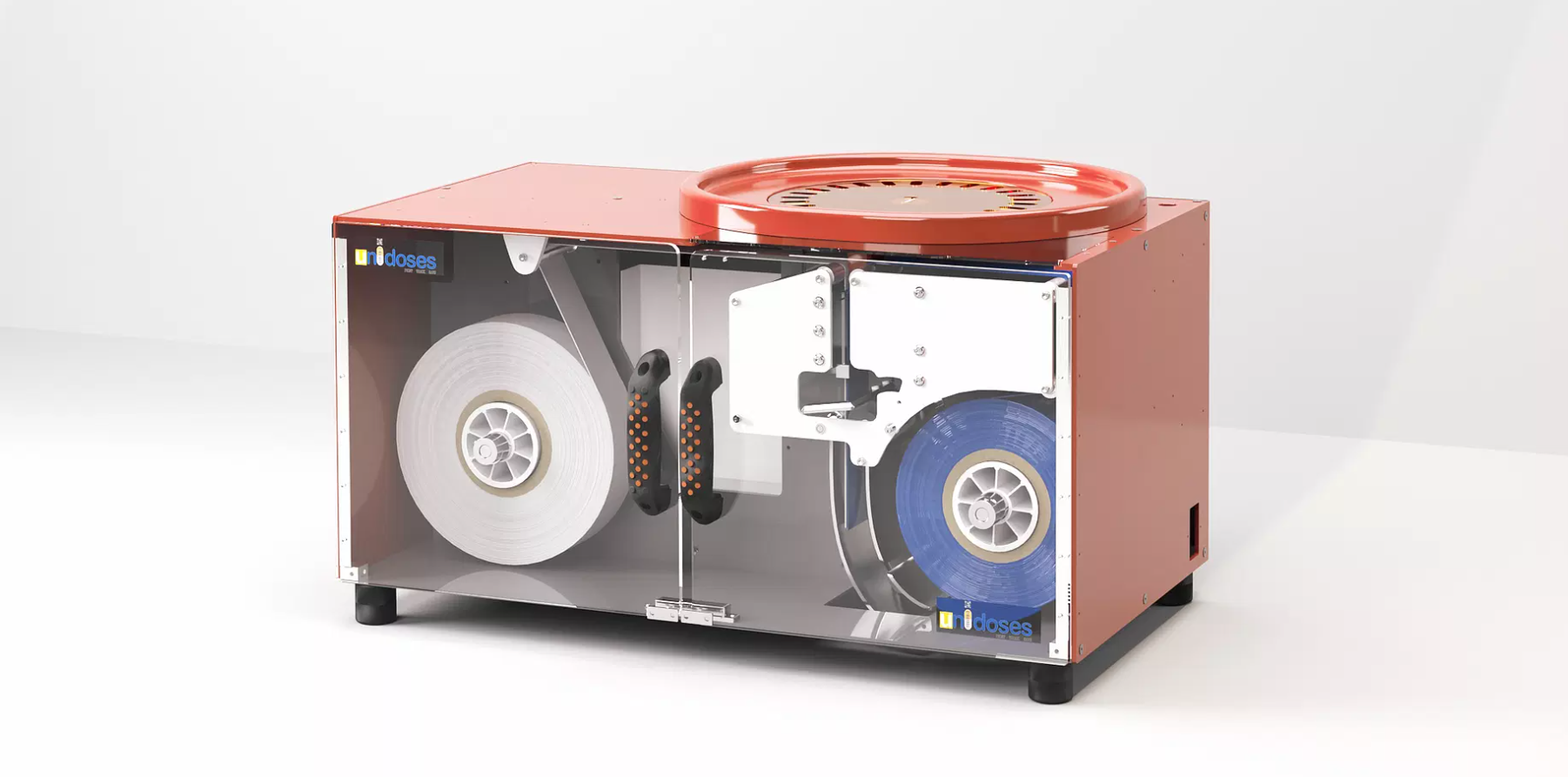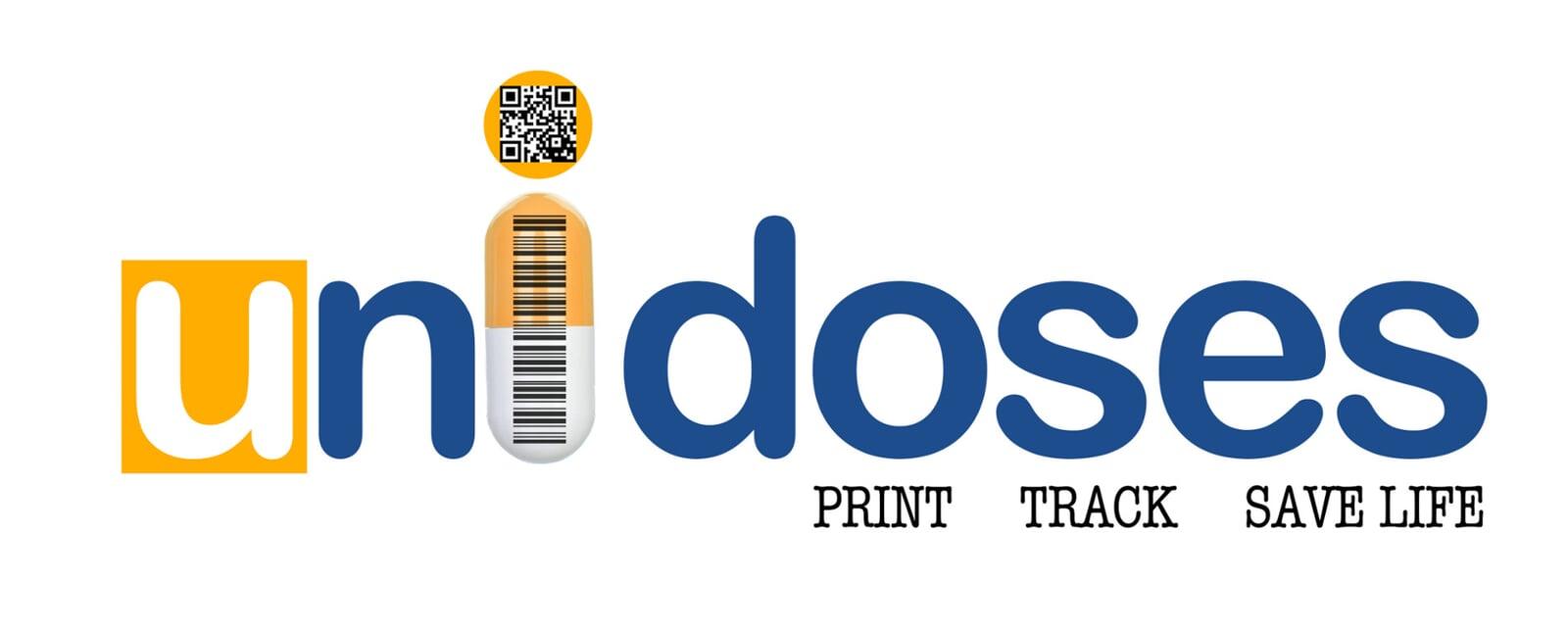In the world of new technologies, there are sufficient opportunities for hospital pharmacies to leverage automation that may bring advantages, all while decreasing operating costs. Given the current pressure for hospitals to find ways to reduce spending, and the fact that many small number of bed hospitals are still manually unit-dosing their medications, automated tabletop packaging machines can transform how many hospitals operate and can be the ticket to significant cost savings[1]

For healthcare facilities that are currently use manual packaging systems can reduce labor time and cost for packaging if they implement automation.
Depending on the dimensions, small hospitals usually buy ~70% of medicinal drugs pre-unit dosed, but there are considerable financial savings if a pharmacy decides to purchase some medications in bulk and do their personal unit dosing. Once a healthcare facility invests in a packaging machine, they could then examine their current medication costs and look for possibilities to unit dose package based their needs as compared to buying prepacked unit doses that tend to add additional costs.
Through swapping the manual packaging method for automation, hospitals can get rid of extra workforce, repetitive duties, benefit performance and reduce packaging fees.

As automation grows more efficient and presents widespread advantages, smaller hospitals and their pharmacists are fast learning that packaging automation is the next step for a healthcare facility which could seamlessly withstand the surprising – without breaking the bank.
References
[1] Kevin Copsey,Small Hospital Benefits: Leveraging Automation to Maximize Efficiency, Boss Magazine, 2020

